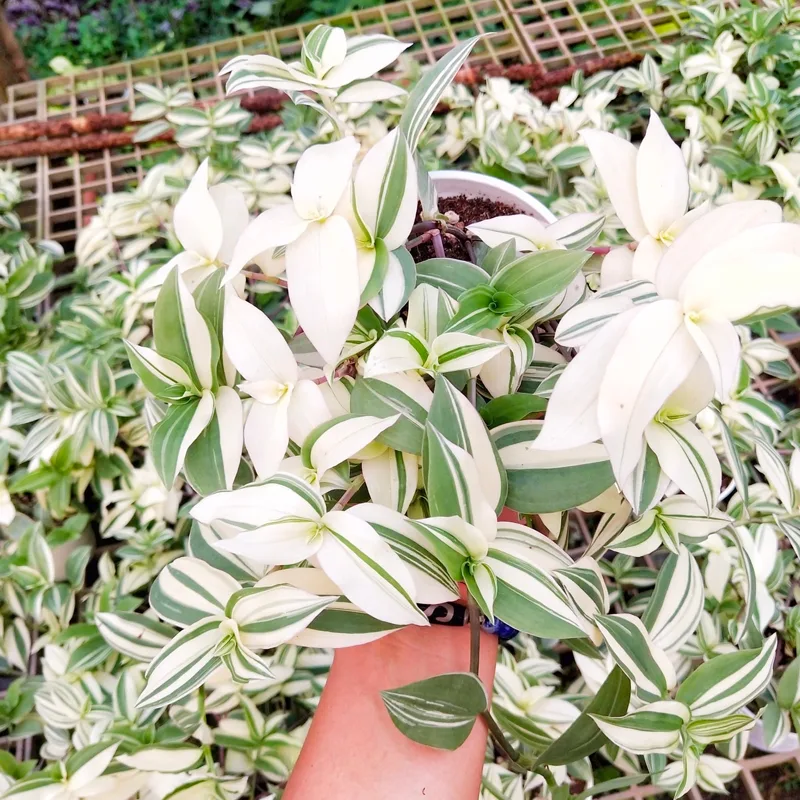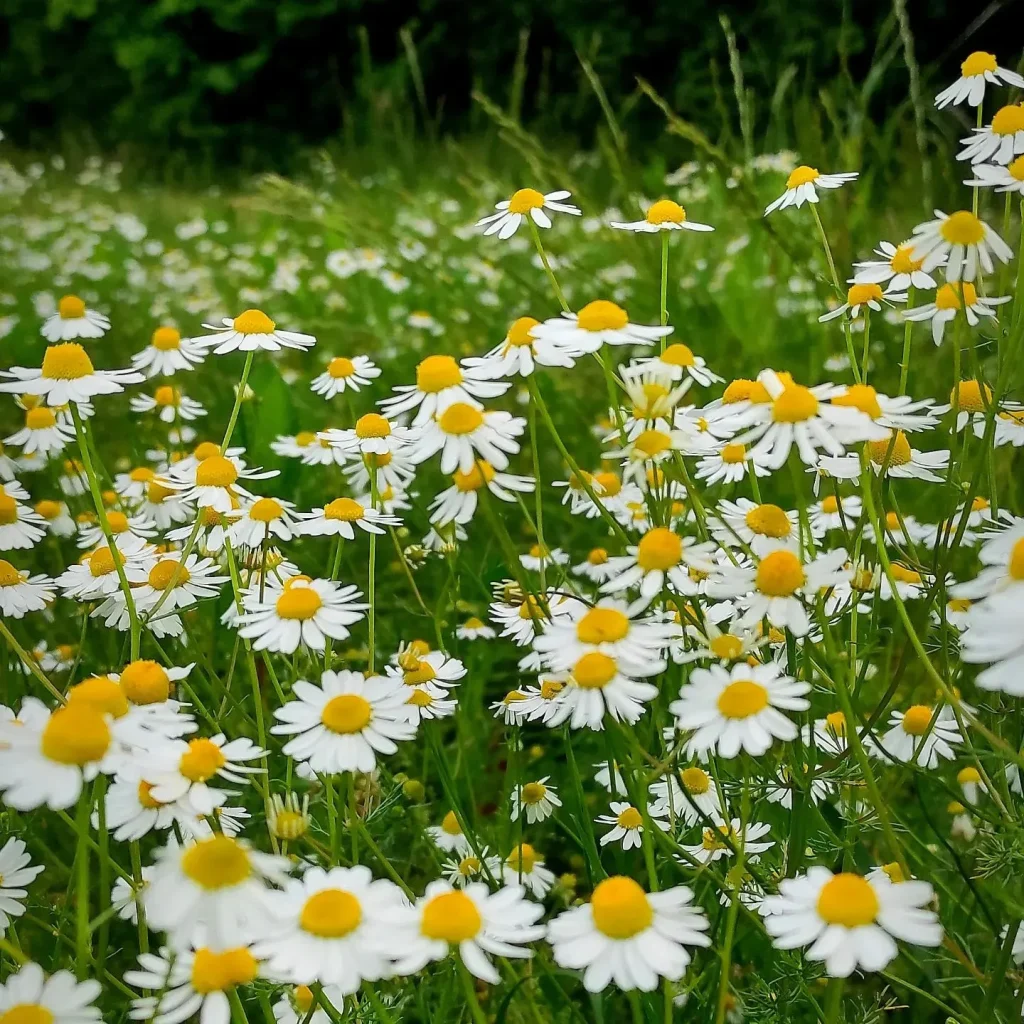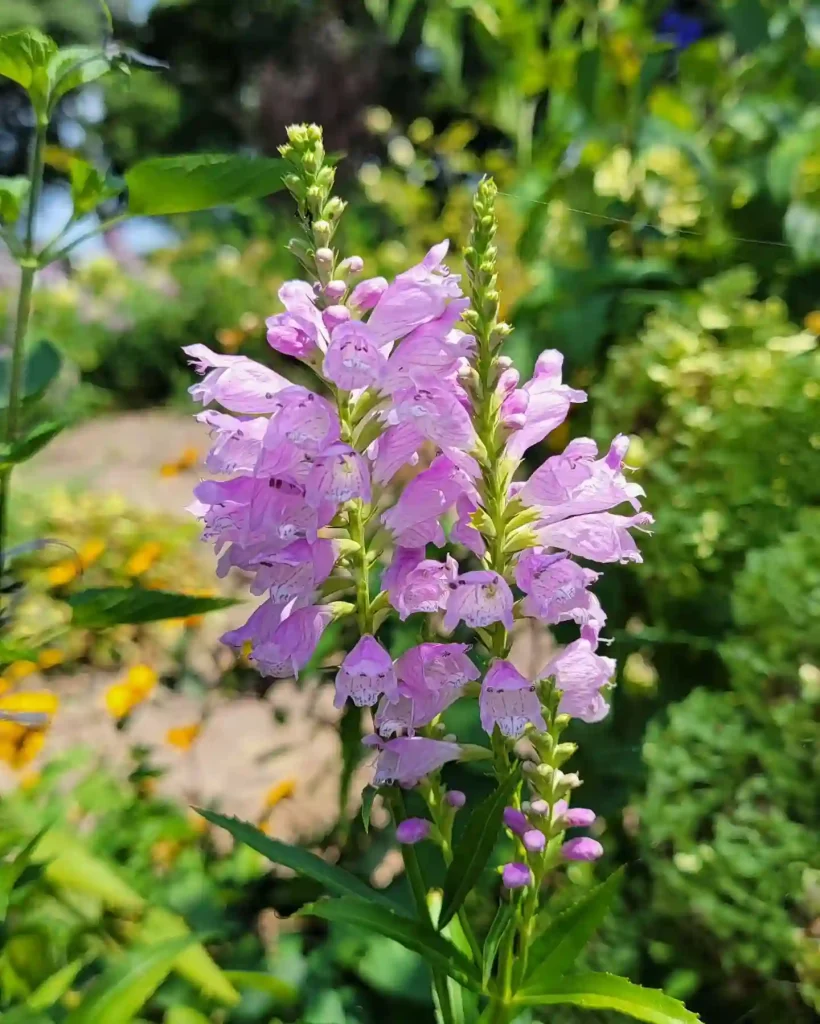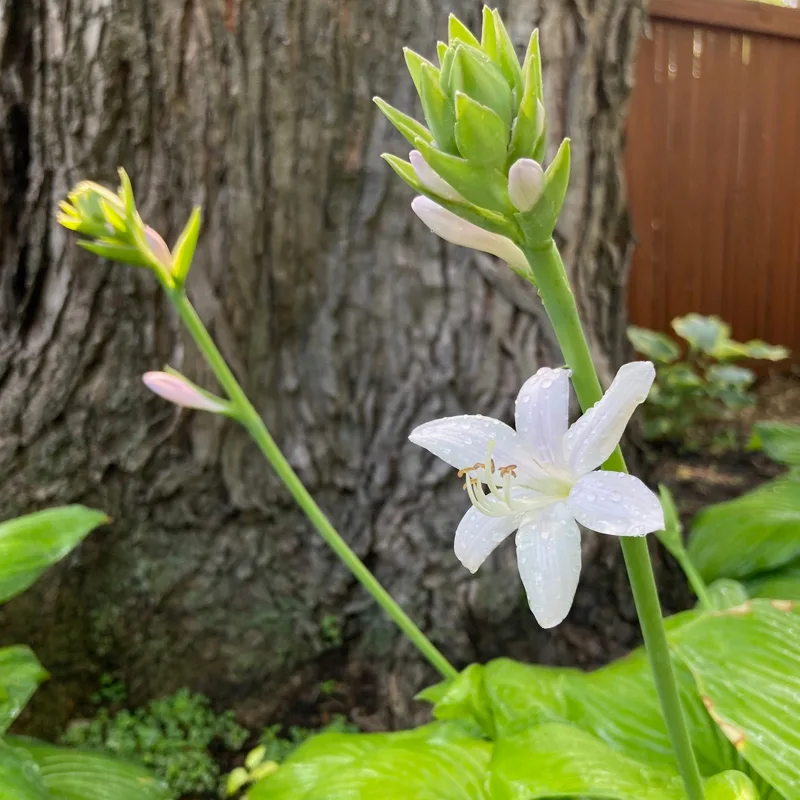What is Acacia Aneura?
Acacia Aneura, commonly known as Mulga Tree, is a small to medium-sized tree native to Australia. It’s part of the legume family and is well-known for its resilience and adaptability to arid environments. Mulga Trees have a distinctive appearance with their finely divided, feathery leaves that give them a soft, gray-green hue. They also produce clusters of yellow, ball-shaped flowers that add a splash of color to the landscape.
1091 Species in Genus Acacia
How to Care for Acacia Aneura?
Caring for Acacia Aneura is relatively straightforward, thanks to its hardy nature. Here’s what I’ve learned:
- Sunlight: This tree thrives in full sunlight. It requires at least 6-8 hours of direct sun each day.
- Soil: Acacia Aneura is not particularly fussy about soil type. It prefers well-draining soil and can tolerate poor, sandy, or rocky soils. Good drainage is crucial to prevent root rot.
- Watering: Mulga Trees are drought-tolerant. Water them infrequently once established, and be cautious not to overwater, as this can lead to root problems.
- Fertilizing: Generally, this tree does not require heavy fertilization. A light application of a balanced fertilizer once a year is usually sufficient.
- Pruning: Pruning is minimal but can help maintain the shape of the tree and remove any dead or diseased branches. This should be done in late winter or early spring.
How to Propagate Acacia Aneura?
Propagating Acacia Aneura can be done from seeds or cuttings. Here’s my approach:
- From Seeds: Scarify the seeds by rubbing them with sandpaper or soaking them in hot water for a few hours. Plant them in a seed tray with a well-draining seed mix. Keep the soil moist and warm until germination, which usually takes a few weeks.
- From Cuttings: Take semi-hardwood cuttings in late summer. Dip the cut ends in rooting hormone and plant them in a potting mix designed for cuttings. Keep the cuttings in a warm, shaded area until they develop roots.
What to Plant With Acacia Aneura?
Acacia Aneura pairs well with other drought-tolerant plants. Here are a few companions that I’ve found work nicely:
- Callistemon: Also known as bottlebrush, it adds a splash of red or pink flowers that contrast beautifully with the Mulga Tree’s yellow blooms.
- Eremophila: This genus includes various species that thrive in similar conditions and provide additional color and texture.
- Kangaroo Paw: Its unique flower shape and vibrant colors complement the soft foliage of Acacia Aneura.
Is Acacia Aneura Toxic?
No, Acacia Aneura is not considered toxic to humans or pets. It is generally safe to have around children and animals. However, as with any plant, it’s best to avoid ingestion of any parts of the tree, as large quantities of any plant material could potentially cause discomfort.
Benefits of Acacia Aneura
Acacia Aneura offers several benefits, especially in xeriscaping and arid landscaping:
- Drought Tolerance: Its ability to thrive in dry conditions makes it an excellent choice for low-water gardens.
- Erosion Control: Its extensive root system helps stabilize the soil and prevent erosion.
- Wildlife Habitat: The tree provides shelter and food for various wildlife, including birds and insects.
Common Problems
While Acacia Aneura is quite resilient, it can encounter a few issues:
- Pests: Watch out for scale insects and aphids, which can sometimes infest the tree. Regular inspection and treatment with appropriate insecticides can manage these pests.
- Diseases: Root rot can be a problem in poorly-drained soils. Ensure proper drainage to avoid this issue.
- Fungal Issues: Occasionally, fungal infections can affect the foliage. Good air circulation and avoiding overhead watering can help prevent these problems.
Comparison with Similar Plants
When comparing Acacia Aneura to similar plants, such as Acacia Victoriae or Acacia Mearnsii, here are a few points to consider:
- Acacia Victoriae: Also known as the Prickly Acacia, it has a more thorny appearance compared to the smoother, feathery leaves of Acacia Aneura.
- Acacia Mearnsii: Known as Black Wattle, it has a more vigorous growth habit and larger, more showy flowers compared to Acacia Aneura.
In summary, Acacia Aneura is a versatile and hardy plant that can bring beauty and functionality to arid landscapes. Its easy care requirements, coupled with its aesthetic appeal and benefits to the environment, make it a fantastic choice for those looking to enhance their garden with a touch of Australian flora.
If i die, water my plants!



